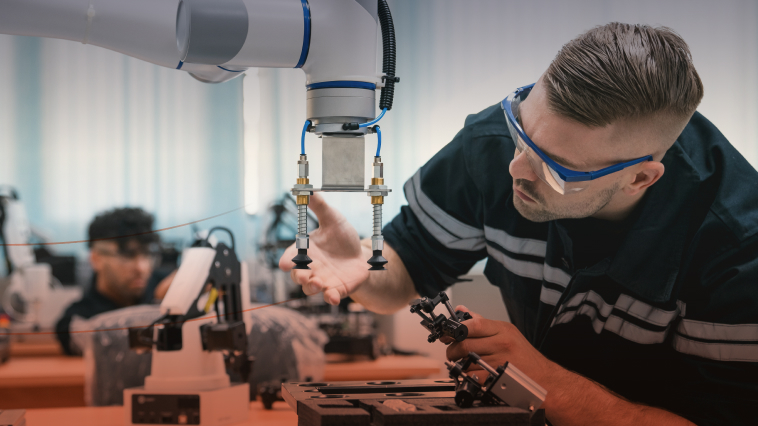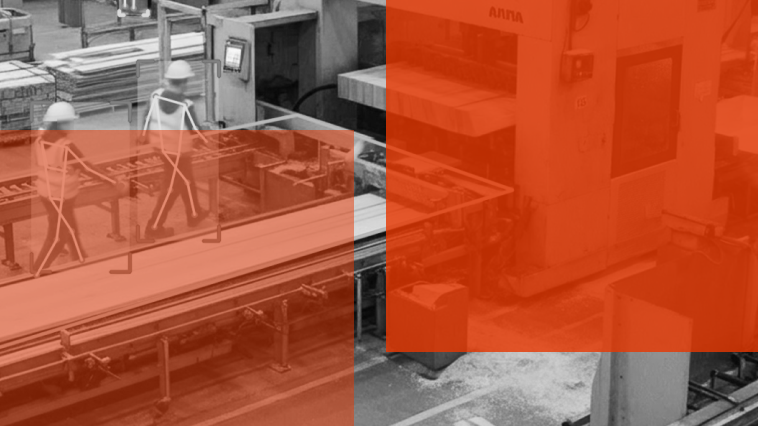Unsafe acts and unsafe conditions are two of the leading contributors to workplace incidents. An unsafe act refers to any behavior that increases the risk of an accident, such as bypassing safety procedures or using safety equipment improperly. An unsafe condition, on the other hand, includes environmental or mechanical hazards—like poor lighting, faulty machinery, or blocked emergency exits.
To effectively reduce these risks, organizations need a proactive strategy that identifies hazards before they lead to injuries.
One important aspect of achieving this is by identifying and learning from unsafe acts and conditions to have a proactive approach to avoid possible workplace accidents and injuries in an early phase.
According to OSHA, the main goal of safety and health programs is to prevent workplace injuries, illnesses, and deaths, as well as the suffering and financial hardship these events can cause for workers, their families, and employers.
A proactive approach to managing workplace safety and health is a more effective approach than traditional, reactive methods that address problems only after a worker is injured or becomes sick, a new standard or regulation is published, or an outside inspection finds a problem that must be fixed.
The steps to mitigate unsafe acts & conditions
But by focusing on achieving goals, monitoring performance, and evaluating outcomes; workplaces can progress along the path to higher levels of safety and health achievement.
Implementing these recommended practices also brings other benefits such as reducing costs, including significant reductions in workers’ compensation premiums, engaging workers, enhancing social responsibility goals, and increasing productivity and overall business operations.
By taking a proactive stance with AI-powered safety management software, we can learn from unsafe acts and conditions and prevent future incidents from occurring. Here’s a roadmap to reduce unsafe acts and conditions:
Identify the root cause of the unsafe act or condition
Look for the underlying causes that contributed to the unsafe act or condition.
Generate corrective actions
Once you have identified the root cause of the unsafe conditions and acts, you can develop a plan to correct the issues. This may involve amending safet procedures, providing additional training, or implementing new controls to prevent similar safety incidents from occurring in the future.
Monitor and evaluate the effectiveness of the corrective actions
Once the corrective actions have been implemented, it is important to monitor and evaluate their effectiveness in preventing unsafe acts from occurring in the future. This includes collecting data and analyzing it to determine whether the corrective actions have been successful.
Document and share the results
Document the impact of the corrective actions and engage all the parties involved to show how their corrective actions helped to have a safer workplace.
How can safety management software help to reduce unsafe behavior
One powerful EHS management software that can help safety teams take proactive steps toward safety is Intenseye’s AI-powered workplace safety software, which can observe 24/7 and provide real-time data on conditions and behaviors in the workplace. One way our customers are using Intenseye’s technology is by analyzing 12-second video footage from the frontline.
Each piece of footage tells a unique story, and by asking questions and prompt conversation, it allows learning to identify root causes and fix them systematically. Intenseye also creates daily, monthly, quarterly, and shift-based reports in various formats from real-time data!
EHS managers then use the Intenseye Task Management module — a powerful tool designed to develop & implement corrective actions. The module includes a toolbox talk feature that allows EHS teams to easily communicate with frontline teams, assign tasks, set due dates, and collaborate with team members using comments and attachments. With the Task Management module, safety teams can:
- Easily create and assign tasks
- Reach solutions list prepared by our EHS experts for each use case
- Continuously assess working bodies for ergonomics risks with ergonomics software
- Track corrective actions from creation to completion
- See the total impact of task completion on the total alert count and compliance score.
Through the use of Intenseye’s AI-powered workplace safety software, EHS teams can identify and address unsafe acts and conditions in the workplace proactively and can learn from unsafe acts & conditions efficiently!
If you’re interested in learning more about how Intenseye’s technology can help your organization create a safe and trustworthy workplace, schedule a demo with us.



